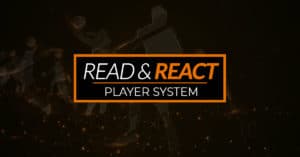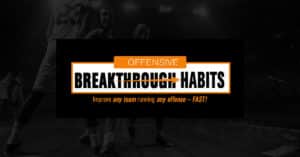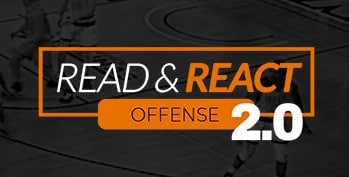Athletically, I think the close out is one of the hardest techniques to master and even if you do, it’s hard to be consistent with it throughout a game (or even a possession). There are just so many details of a close out that favor the offense. Even if you’re perfect in terms of not closing out too long or too short, you have the angle of your close out to worry about.
That’s why you should spend time teaching all of the defenders on the floor to close out on their helping positions. If there’s a close out on the ball, then there should be four other close outs behind the ball as well. Look at it this way: if the odds on the close out is such that the offense is probably going to win, then the help behind the close out becomes paramount to great team defense!
The following video is an excerpt from Better Basketball’s Dynamic Defense. To learn more, click here.
How many teams work on and emphasize multiple close outs? If I’m judging from game footage, the answer is not many.
So, if that’s the case, how can you exploit that weakness on the offensive side of the ball? If you’re familiar with the Read & React Offense, then it’s fairly easy: focus on the layers that generate defensive close outs.
Several quick Pass & Cuts, Pin & Skips, and Penetrate & Pitches can all force multiple close outs by the defense. Once you’ve taught your players the basics of attacking a defensive close out (you have, right?), then the Read & React becomes simply a means for exploiting the fact that your defensive opponent is unprepared or undertrained for handling multiple close outs in succession.






